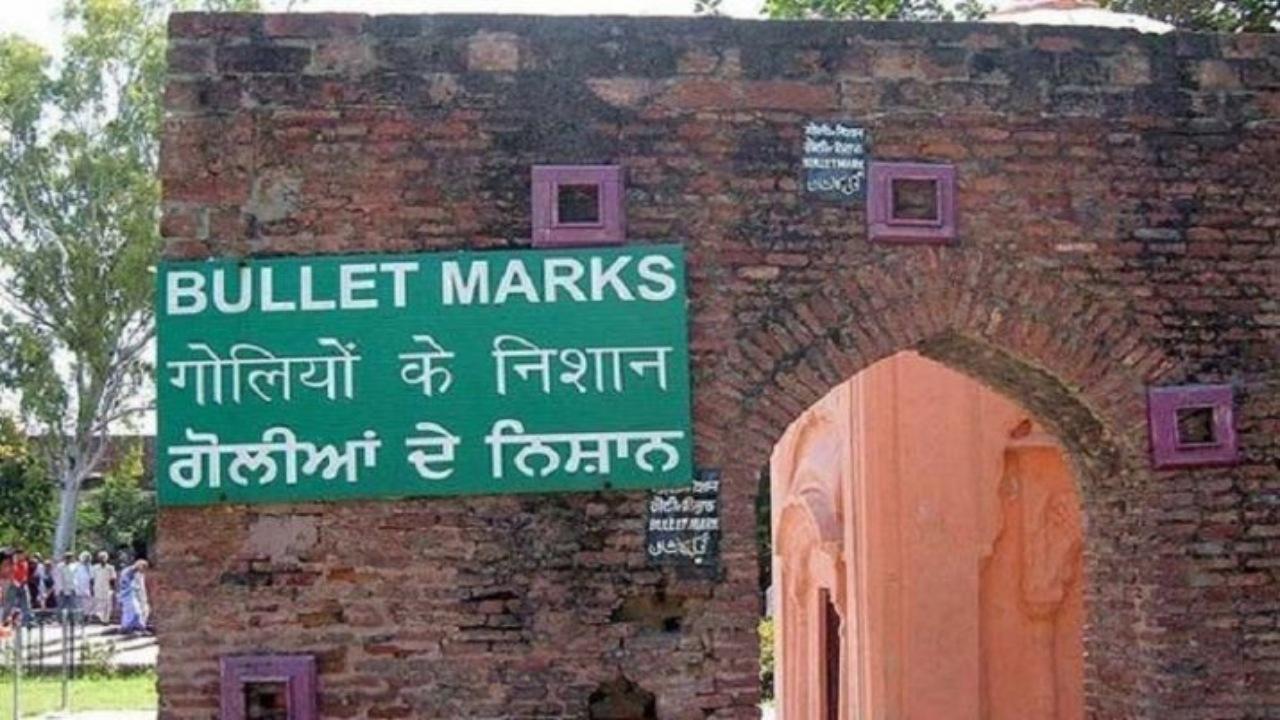A large crowd of more than ten thousand people had gathered on the fateful day at the Jallianwala Bagh

Jallianwala Bagh/PTI
On April 13, 1919, British troops opened fire at the crowd that had gathered in Jallianwala Bagh to hold a protest. The firing killed 379 people and injured 1,200. The British army opened fire under the orders of infamous Brigadier-General Reginald Edward Harry Dyer. The incident later came to be known as “Jallianwala Bagh Massacre” and is regarded as one of the deadliest attacks in the Indian history. The event is also said to have come as a turning point in India's freedom struggle against the British.
A large crowd of more than ten thousand people had gathered on the fateful day at the Jallianwala Bagh to demonstrate against the Rowlatt Act, which allowed the British government to imprison anyone without a warrant, as well as against the detention of two Indian freedom fighters, Satya Pal and Saifuddin Kitchlew.
ADVERTISEMENT
According to reports, Brigadier-General Dyer ordered the troops to open fire without giving any notice to disperse. The garden had just a few gates and was walled from all sides. Some people tried to scale the walls as the British bullets poured on them, while others dove into the well present in the garden.
Also read: Jallianwala Bagh Massacre: What happened on that fateful day in 1919
Here are some of the things that happened in the aftermath of the catastrophe
- Brigadier-General Dyer was relieved of command and sent back to Britain with a gift of 26,000 pounds. Dyer was afterwards dubbed the "Butcher of Amritsar”. He had been nominated for a CBE, but in 1920, it was rejected. Additionally, he was denied a promotion and was barred from further service in India. Dyer passed away in 1927.
- Noted Bengali poet Rabindranath Tagore renounced his British knighthood as a "symbolic act of protest".
- The then Secretary of War Winston Churchill denounced the attack calling the massacre "monstrous", during his speech at the House of Commons on July 8, 1920.
- Michael O'Dwyer was fatally shot by Udham Singh, better known as "Shaheed," on March 13, 1940 in London's Caxton Hall. O'Dwyer was one of the major architects of the Amritsar attack, according to some, and served as the British Lieutenant-Governor of Punjab at the time of the massacre. On July 31, 1940, Singh was executed for the murder.
- Two days after the massacre, on April 15, a demonstration was held in Gujranwala, against the killings. 12 people died in this demonstration.
 Subscribe today by clicking the link and stay updated with the latest news!" Click here!
Subscribe today by clicking the link and stay updated with the latest news!" Click here!








